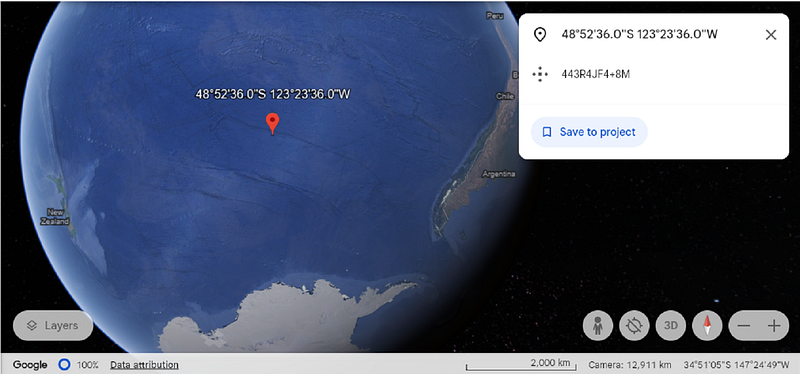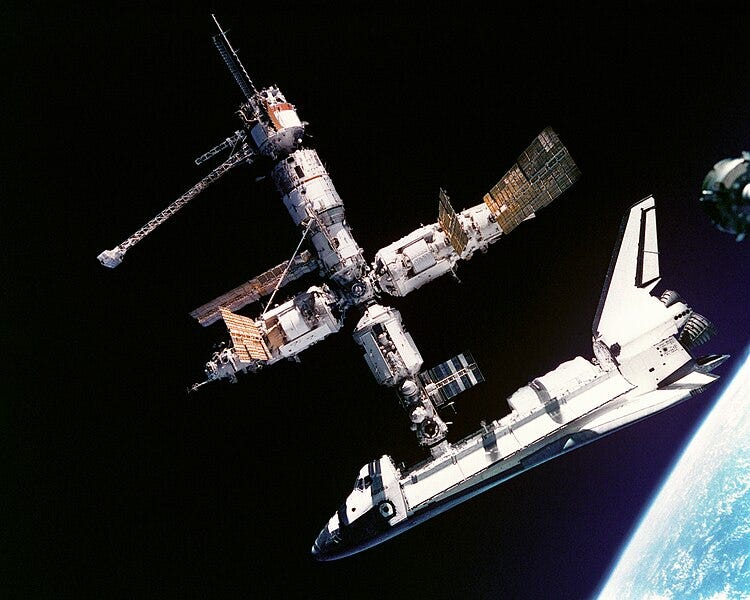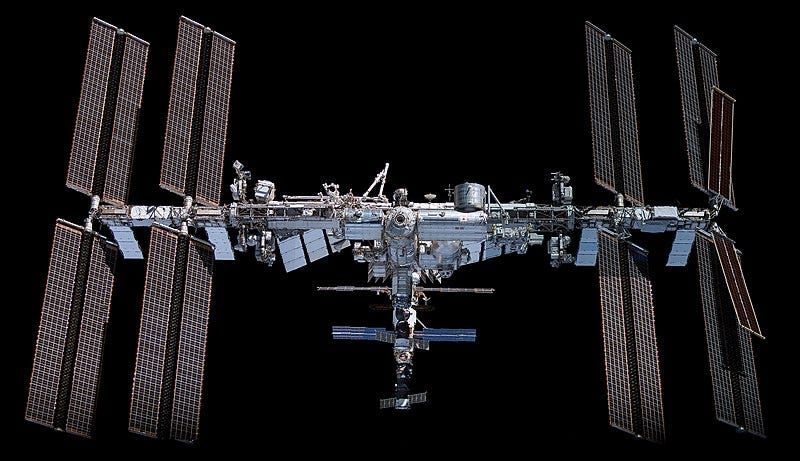Exploring Space Junk: An Underwater Archaeological Treasure
Written on
Chapter 2: The Fate of Skylab and Other Spacecraft
The video "Archeologists Found the MISSING CONTINENT!" explores how underwater discoveries can alter our understanding of history, much like the hidden treasures of Point Nemo.
Skylab, America's first space station, serves as a prime example of how large structures are managed when they can no longer function. After hosting astronauts from 1973 to 1979, Skylab's orbit decayed, leading to a dramatic re-entry that captured global attention. NASA had to navigate the risk of debris striking populated areas, which highlighted the need for a safe disposal site like Point Nemo.

Section 2.1: Understanding Point Nemo
Point Nemo, the ocean's most isolated region, is located about 1,400 miles from the nearest land. This remoteness makes it an ideal resting place for space debris, as the area is devoid of human activity and life.
The video "Archaeologists Discovered A 2,000-Year-Old Fortress High Up In The Mountains!" reflects on how archaeological finds can reshape our understanding of history, akin to the future discoveries at Point Nemo.
Section 2.2: A Cosmic Graveyard
Point Nemo houses over 263 objects from space, including remnants of the Russian space station Mir and parts of Skylab. This location is expected to receive the ISS in 2030, preserving these artifacts in a nutrient-poor environment that may allow them to remain intact for millennia.

Chapter 3: Reflections on Our Technological Legacy
At my family’s workshop, we maintain a collection of old engines and pumps, often deemed junk by outsiders. To me, they represent a history of technological advancement, much like the space debris at Point Nemo.

I wonder how future civilizations might interpret our discarded technologies. Could they reconstruct our history by analyzing remnants from the Cold War era? Point Nemo stands as a testament to our age, a cosmic graveyard that may reveal the story of our attempts to explore beyond our planet.
As we look to the future, we can only speculate what insights these treasures will provide to those who come after us. If you're interested in more stories like these, consider joining my mailing list or visiting my profile page.
